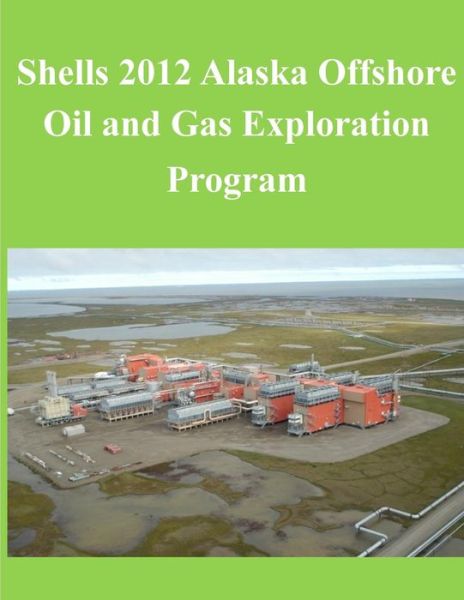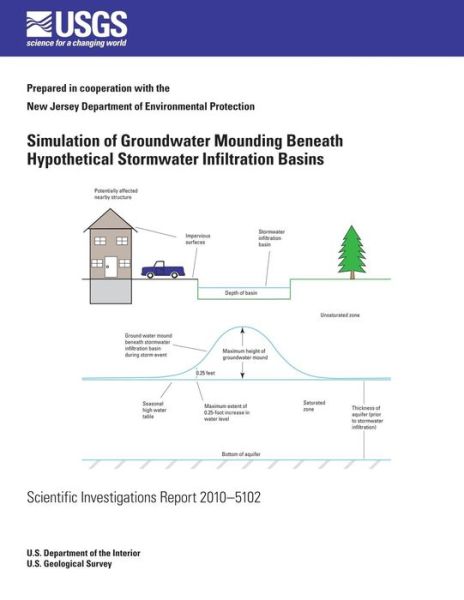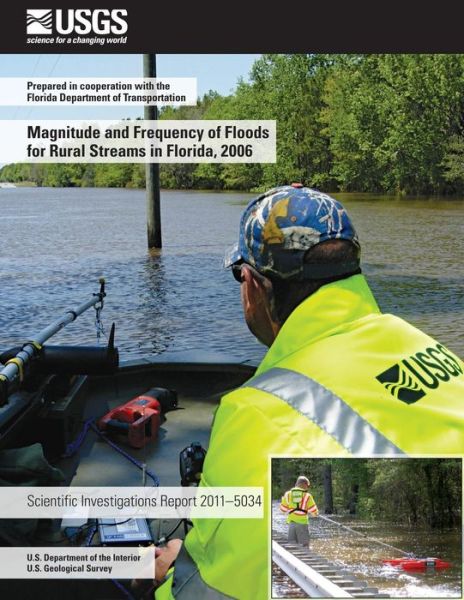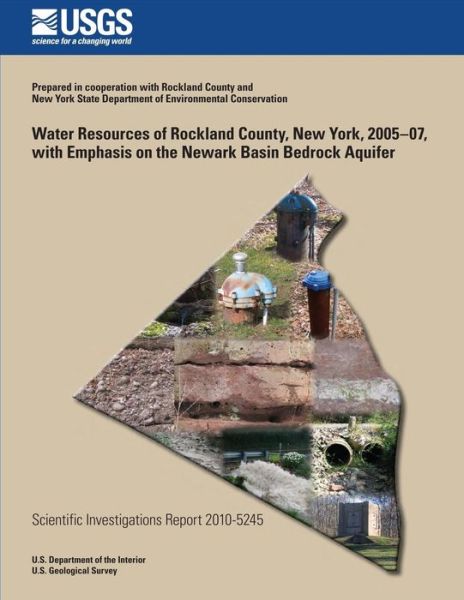
Tell your friends about this item:
Stream-sediment Geochemistry in Mining- Impacted Drainages of the Yankee Fork of the Salmon River, Custer County, Idaho
U.s. Department of the Interior
Stream-sediment Geochemistry in Mining- Impacted Drainages of the Yankee Fork of the Salmon River, Custer County, Idaho
U.s. Department of the Interior
This reconnaissance study was undertaken at the request of the USDA Forest Service, Region 4, to assess the geochemistry, in particular the mercury and selenium contents, of mining-impacted sediments in the Yankee Fork of the Salmon River in Custer County Idaho. The Yankee Fork has been the site of hard-rock and placer mining, primarily for gold and silver, starting in the 1880s. Major dredge placer mining from the 1930s to 1950s in the Yankee Fork disturbed about a 10-kilometer reach. Mercury was commonly used in early hard-rock mining and placer operations for amalgamation and recovery of gold. During the late 1970s, feasibility studies were done on cyanide-heap leach recovery of gold from low-grade ores of the Sunbeam and related deposits. In the mid-1990s a major open-pit bulk-vat leach operation was started at the Grouse Creek Mine. This operation shut down when gold values proved to be lower than expected.
| Media | Books Paperback Book (Book with soft cover and glued back) |
| Released | March 4, 2014 |
| ISBN13 | 9781496120984 |
| Publishers | CreateSpace Independent Publishing Platf |
| Pages | 56 |
| Dimensions | 3 × 216 × 280 mm · 154 g |
| Language | English |
More by U.s. Department of the Interior
See all of U.s. Department of the Interior ( e.g. Paperback Book and Hardcover Book )

































